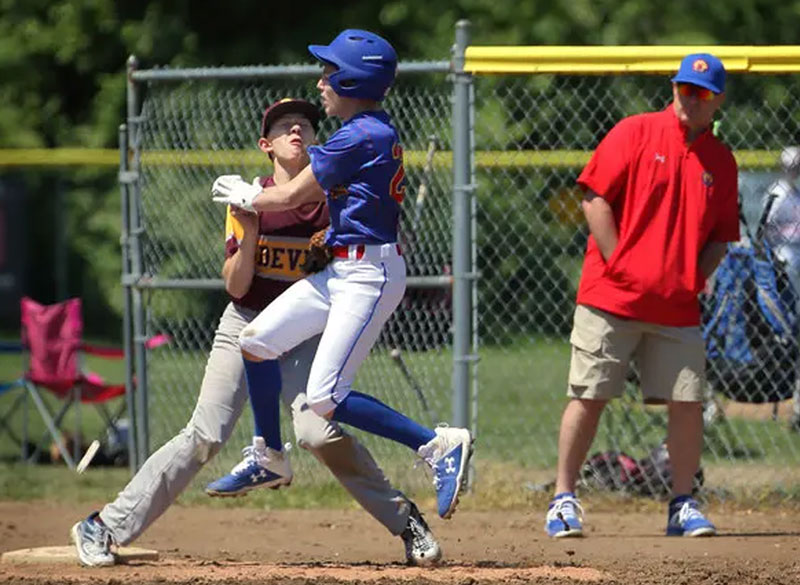1st base is a crucial position in youth baseball, and teaching young players the fundamentals of this position is essential for their development. In this article, we’ll cover the basics of playing 1st base effectively, providing coaches and parents with valuable insights to help young baseball players succeed.
1. Proper Stance and Positioning
Teaching young players the correct stance and positioning at 1st base is fundamental:
- Stance: For right-handed first basemen, the right foot should be on the base, and the left foot slightly off it (opposite for left-handed first basemen). Knees should be slightly bent, and the player should be prepared to react quickly.
- Stretch Position: When holding runners, emphasize the stretch position, where the player keeps one foot on the base and stretches towards the pitcher to be ready for a throw.
2. Receiving Throws
Receiving throws accurately is a critical skill for 1st basemen:
- Use Two Hands: Teach young players to catch throws with two hands whenever possible. This ensures greater control and reduces the risk of errors.
- Target the Glove Side: Encourage players to reach for throws on the side of their glove hand to improve their range and reduce the chance of overextending.
3. Footwork
Footwork is essential for making plays and securing outs:
- Footwork on Ground Balls: Teach players to move towards the ball when fielding ground balls hit to them. This allows them to field the ball cleanly and maintain their balance.
- Stretching for Throws: Practice stretching exercises to help players maximize their reach when catching throws while keeping one foot on the base.
4. Communication

Clear communication on the field is vital:
- Call for the Ball: Teach players to call for the ball when they’re in the best position to make a play. This avoids confusion and collisions.
- Coordinate with Other Infielders: Encourage players to communicate with the pitcher, shortstop, and second baseman to coordinate plays and coverages.
5. Game Awareness
Help young players develop a keen sense of game awareness:
- Know the Game Situation: Make sure players understand the number of outs, the score, and the baserunners. This information influences their decision-making on the field.
- Anticipate Plays: Teach players to anticipate plays before they happen, such as knowing where to throw the ball in double-play situations.
6. Safety Tips
Safety should always be a priority in youth baseball:
- Watch for Runners: Remind players to be aware of baserunners and to avoid obstructing the baseline unless they have possession of the ball.
- Avoid Collisions: Teach players to yield to runners to minimize collisions and potential injuries.
7. Repetition and Practice
The key to mastering 1st base fundamentals is practice:
- Repetition: Encourage players to practice these skills regularly. The more they repeat the actions, the more they’ll develop muscle memory.
- Game Simulations: Simulate game situations in practice to help players apply what they’ve learned in a game-like setting.
8. Encourage Fun and Sportsmanship
Lastly, emphasize that baseball is a game meant to be enjoyed:
- Foster a Love for the Game: Encourage players to have fun on the field, develop a passion for baseball, and appreciate the camaraderie of their teammates.
- Sportsmanship: Teach players the importance of sportsmanship, including respecting opponents, umpires, and their own teammates.
Conclusion
Teaching young baseball players the fundamentals of 1st base is essential for their growth as athletes and their enjoyment of the game. By focusing on proper stance, receiving throws, footwork, communication, game awareness, safety, and consistent practice, coaches and parents can help youth baseball players become confident and effective 1st basemen while fostering a love for the game and good sportsmanship.
